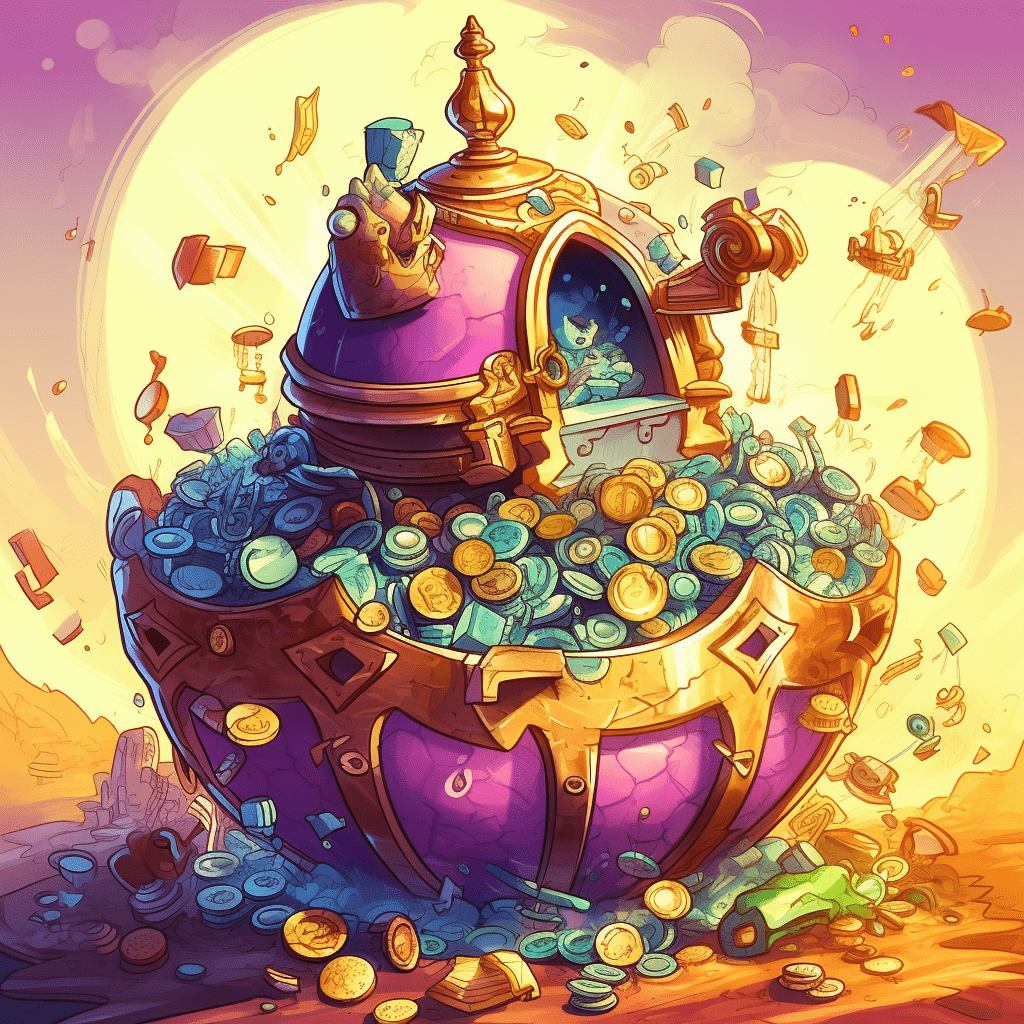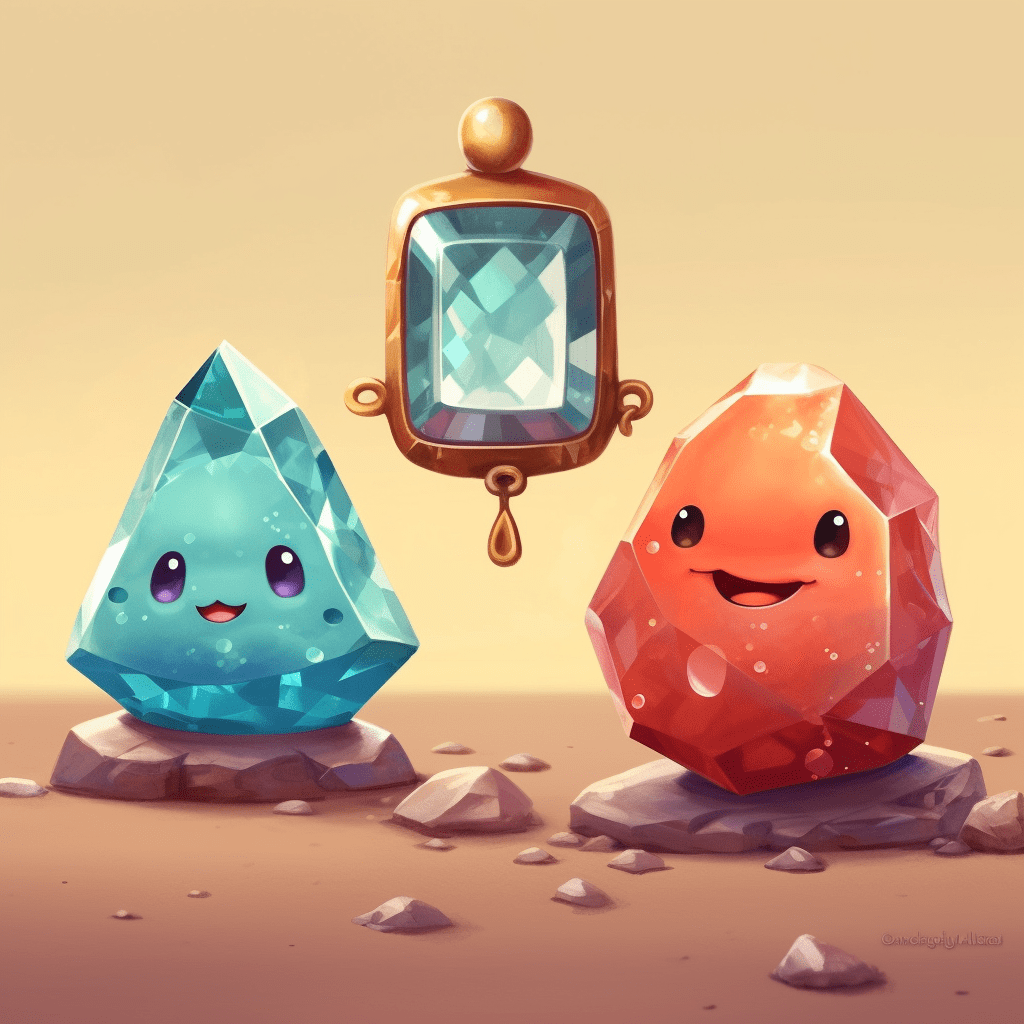As non-fungible tokens (NFTs) gain increasing popularity, understanding the different pricing models associated with NFT creation is essential for creators looking to enter this exciting digital domain. In this article, we will explore the various NFT creation pricing models, discussing the factors that determine the overall cost of creating NFTs and arming you with crucial knowledge to make well-informed decisions in your NFT ventures.

Fixed Price Model
One of the primary pricing models employed when creating NFTs is the fixed price model. In this model, the creators determine a specific price for their NFTs, which the buyers must pay if they wish to acquire the digital asset.
Advantages
The fixed price model has its benefits, including simplicity for both buyers and sellers. The price is predetermined, making transactions straightforward and eliminating the need for a possible negotiation or bidding process. Additionally, creators can better predict their earnings using this model.
Disadvantages
The main drawback of the fixed price model is the potential mismatch between the assigned value and the true market value of the NFT, which may result in the NFT being overpriced or undervalued. To mitigate this risk, creators should carefully research the market and similar NFTs when determining a suitable fixed price.
Auction Model

The auction model is another popular pricing model in the NFT market. In this model, creators list their NFTs on a marketplace, and potential buyers can place bids on the digital assets, with the highest bid securing the NFT when the auction ends.
Advantages
The auction model allows creators to tap into market demand and potentially earn more than they might with a fixed price model. Additionally, this model can generate excitement around the NFT and help create a sense of scarcity and urgency, driving up its perceived value.
Disadvantages
A drawback of the auction model is that it can be unpredictable, as creators may end up earning less than expected if the auction does not generate sufficient interest. Additionally, this model can involve increased complexity due to the need to oversee a bidding process.
Royalty-Based Model
The royalty-based model is an innovative approach gaining traction in the NFT market. In this model, creators receive a percentage of all future sales of the NFT, ensuring they continue to earn from secondary market transactions.
Advantages
This model provides creators with the opportunity to benefit from the long-term value of their NFTs. Creators can earn a recurring income stream whenever their NFTs are sold, which can be particularly beneficial if the NFT’s value appreciates over time.
Disadvantages
A downside of the royalty-based model is that it can be more complex than other pricing models, with creators needing to incorporate royalty terms into their smart contracts. Additionally, creators might receive less upfront income as a trade-off for long-term earnings.
Dynamic Pricing Model

The dynamic pricing model adjusts the price of an NFT based on factors such as demand, market conditions, and the creator’s reputation. In this model, NFT marketplaces or algorithmic pricing tools can help creators determine the optimal price for their digital assets.
Advantages
The dynamic pricing model ensures that the price of an NFT closely matches its current market value. This model can lead to more successful sales and a more competitive positioning of NFTs within the market, as the pricing remains responsive to market dynamics.
Disadvantages
This model’s main drawback is its complexity, as creators need to monitor the market continuously and adjust their pricing strategies accordingly. Additionally, this model might require creators to rely on third-party services or tools, which can come with additional costs.
Exploring Platform-Specific Pricing Models
Some NFT marketplaces and Launchpads offer their unique pricing models tailored to the specific needs and preferences of their users. These platform-specific models can combine elements from the models discussed above or introduce novel concepts and mechanisms aimed at benefiting both buyers and sellers.
Advantages
Platform-specific pricing models can offer unique features and added value to creators, such as built-in marketing tools, rewards systems, or the ability to set tiered pricing structures for NFT collections. These models can help creators further customize and optimize their NFT pricing strategies.
Disadvantages
One of the potential drawbacks of platform-specific pricing models is the potential for limited flexibility if a creator wants to change NFT platforms in the future. Additionally, creators may need to familiarize themselves with the specific processes and requirements tied to each platform’s model, which can add a layer of complexity.
The Final Word

In conclusion, understanding the various NFT creation pricing models is crucial for creators entering the dynamic and rapidly evolving non-fungible token market. By considering the advantages and disadvantages associated with each model, creators can make informed decisions on the best approach to pricing their NFTs. As the NFT landscape continues to expand, we can expect further innovations in pricing models and strategies that cater to diverse creator needs and unique digital assets.
